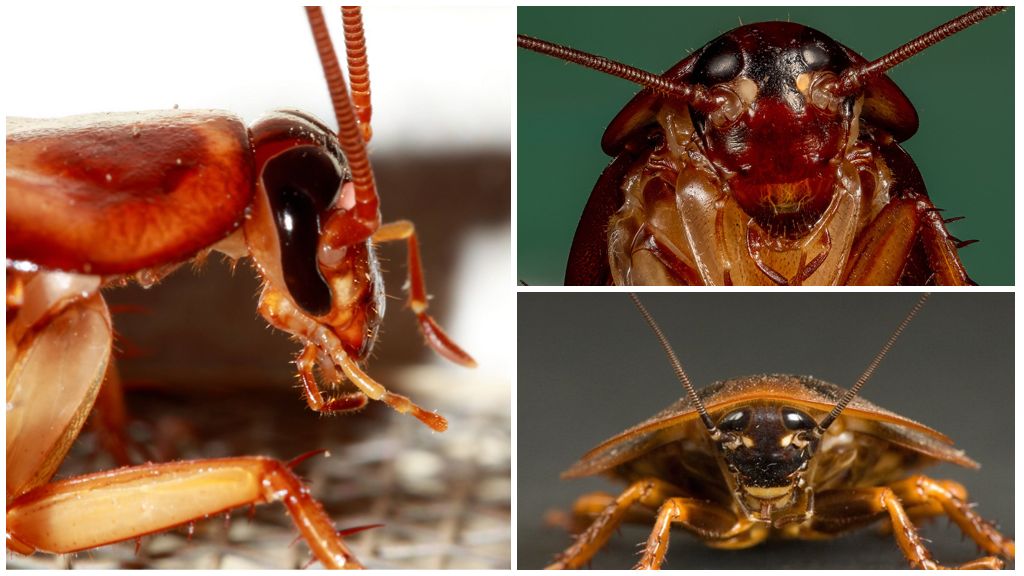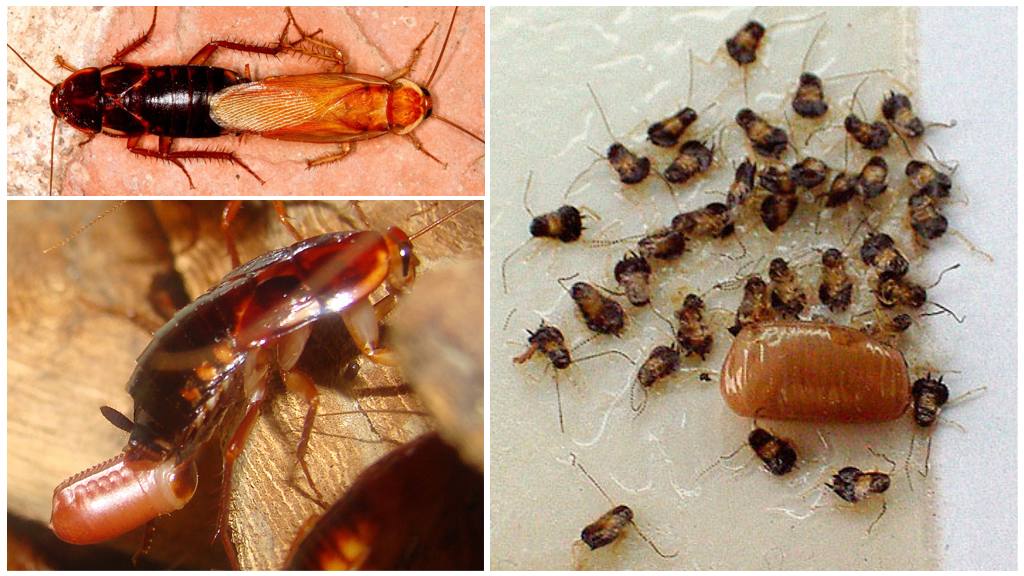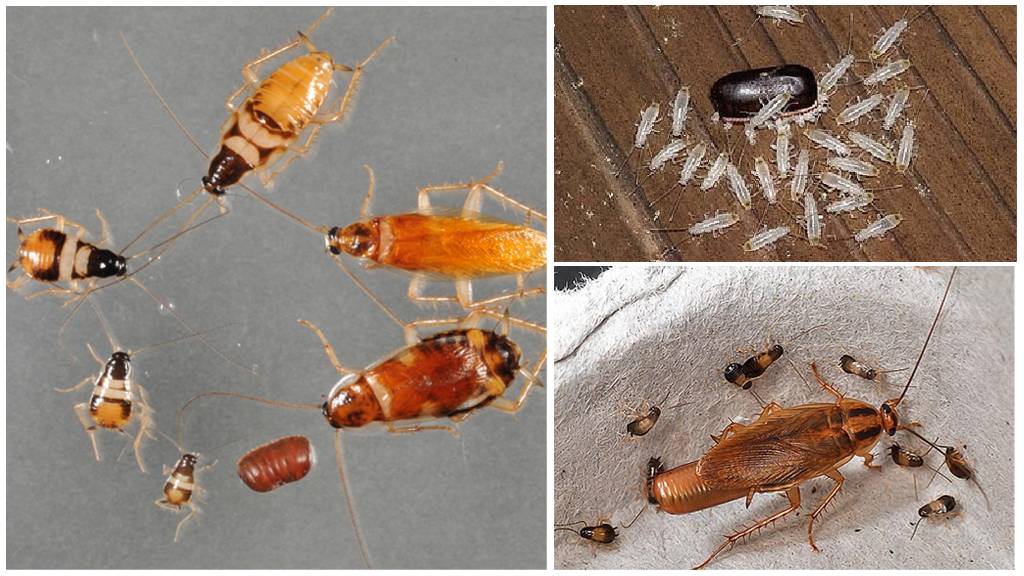
Cockroaches are a large detachment of insects distributed throughout the planet, with the exception of the permafrost zone. Looking at agile pests well-oriented in the dark, the question arises: do cockroaches have eyes, or do they rely entirely on the organs of touch? Most of them have visual organs on their heads in the form of complex facet eyes. Exceptions are insects belonging to cave species, for which the presence of vision has lost its necessity.
Eye structure
In nature, there are more than 4 thousand cockroach species. The most famous, with which people often meet in everyday life, include:
They are distinguished by a quick reaction, they are well oriented in space and in the dark. Many people have an idea about the appearance of a mustachioed pest, but few could notice how many eyes the cockroach has.
On closer examination of the barbel, two large eyes are located on the sides of the head. In an enlarged photo, the eyes of the cockroach become visible numerous faces of the facet organ of vision. Each face sends the resulting image along the nerve endings to the barbel’s brain, where the image is merged.
Interesting!
According to scientists, some representatives of cockroaches have an additional pair of organs of vision on the front of the head. They are responsible for the ability to see in the dark.
The frequency of perception of the visual organ of a cockroach is much higher than human abilities. This explains why the Prussians react so quickly to the attempts of people and other enemies to catch them. What a mustachioed pest sees is presented as in slow motion. Therefore, he manages to orient and escape.
Scientific experiments
Finnish scientists decided to find out how insects can see so well in the dark. An experiment was conducted in which the experimental cockroach was placed on a trackball, and a rotating platform was launched around with alternating contrasting stripes. Lighting during the experiment became either too bright or completely turned off.
As a result, the experimental sample was guided in pitch darkness, which proved the uniqueness of its faceted vision and the ability to perceive the surrounding space in the absence of light sources. That is why these pests prefer a nocturnal lifestyle to be invisible to their enemies.




I always knew cockroaches have eyes. They are visible even with the naked eye.